For example, to change the permissions of all files and subdirectories under the /var/www directory to 755 you would use $ chmod R 755 /var/www Operating on Symbolic Links Symbolic links always have 777 permissions By default, when changing symlink's permissions, chmod will change the permissions on the file the link is pointing toGroup can read only;Linux is a family of opensource operating systems based on the Linux kernel

Linux Permissions An Introduction To Chmod Enable Sysadmin
Chmod 755 command in linux example
Chmod 755 command in linux example- The chmod command in Linux is used to manage file permissions It's an essential command that pretty much every user will find the need to utilize at least every once in a while Linux file permissions involve read, write, and execute permissions These permissions can be assigned to the file or directory by its owner, a group of users, or "other" users (users that are A 777 permission on the directory means that everyone has access to read/write/execute (execute on a directory means that you can do an ls of the directory) 755 means read and execute access for everyone and also write access for the owner of the fileWhen you perform chmod 755 filename command you allow everyone to read and execute the file, the
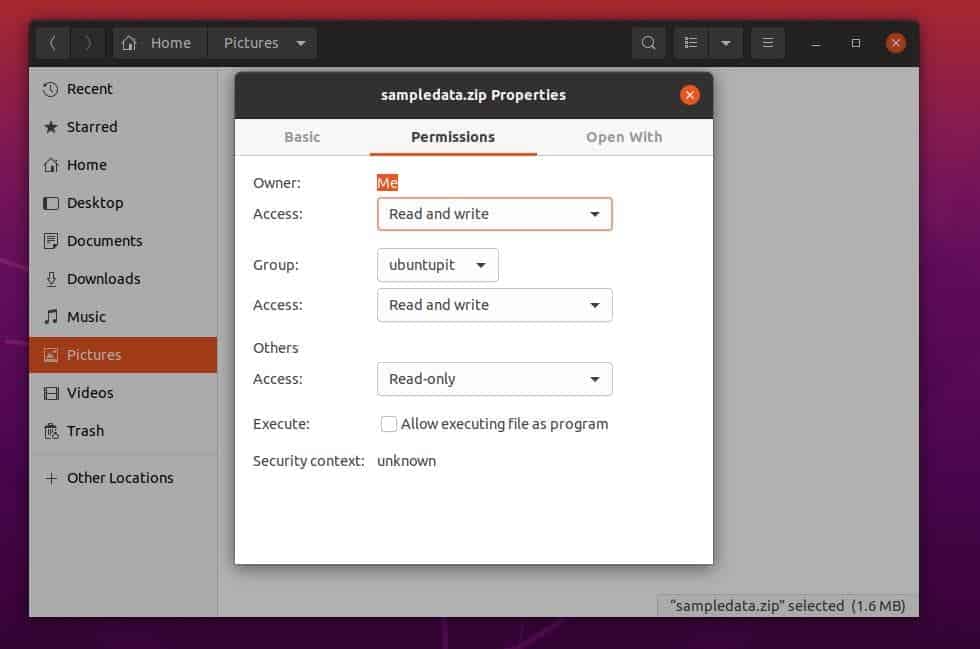



Everything You Need To Know About Linux Chmod Command
Find Command Example In Linux, is our most important post, in our section, in How to learn Linux, let's see why On Linux, and like the Xargs command the Find command is one of the most useful and often used command utility in Unixlike operating systems The Find command seeks and finds the list of files and directories based on the requirements you define for files thatTo put it simply, use chmod command to change the file or directory permissions Following is a sample of ls l command output In this, the 9 characters from 2nd to 10th position represents the permissions for the 3 types of users rwrr 1 john john 272 Mar 17 02 testtxt In the above example User (john) has read and write permissionChmod command in Linux with examples GeeksforGeeks › Search The Best Online Courses at wwwgeeksforgeeksorg Courses Posted (1 week ago) Now, let us see how chmod command can be used to change the access mode of a file Example 1 Let's change the assgn1_clientc permission so that the owner cannot write (w) in the file but can only read it
In addition to these beautiful answers I want to mention a small but probably important difference The command chmod 755 file is equivalent to chmod 0755 file If we run this command on a file which has the SETUIDbit or SETGIDbit set, it will remove the SETUID/SETGIDbit chmod x file will leave the SETUID/SETGIDbit untouched We can seeChmod examples Below are some real world examples of the chmod command Add execute permissions to a file (note this will make it executable to everyone as I am not specifying user, group or other) 1 chmod x filenamesh Add execute permissions to the user for a file 1 chmod ux filenamesh Set read, write, execute to everyone Now, let us see how chmod command can be used to change the access mode of a file Example 1 Let's change the assgn1_clientc permission so that the owner cannot write (w) in the file but can only read it BEFORE rwrwr mik mik assgn1_clientc COMMAND chmod u=r assgn1_clientc AFTER rrwr mik mik assgn1_clientc Before
chmod is a Linux command that will let you "set permissions" (aka, assign who can read/write/execute) on a file Usage chmod permissions file OR Usage chmod permission1_permission2_permission3 file When using chmod, you need to be aware that there are three types of Linux users that Every file in the Linux / macOS Operating Systems (and UNIX systems in general) has 3 permissions Read, write, execute Go into a folder, and run the ls al command The weird strings you see on each file line, like drwxrxrx, defineThe Linux command to change permissions on a file or directory is chmod, which we like to read as change file mode chmod has two operating modes symbolic mode;




What Is Umask And How To Use It Update Default Linux File Permissions




Chmod Command In Ubuntu 04 How It Works
Everyone Else In this case there are 3 digits given Examples chmod 644 filehtm Set the permissions of filehtm to "owner can read and write;Chmod commandIn this article, I'll share with you some of the practical examples of chmod command I'll also explain some the popular terms like chmod 777 or chmod 755 or chmod rBefore you see the chmod examples, I would strongly advise you to learn the basics of file permissions in Linux Using chmod command will be a lot easier once you




Linux Chmod Command Linuxfordevices




What Does Chmod 777 Mean Linuxize
Common chmod commands and their meaning Here are some command chmod commands with their explanation chmod 777 This means that owner, group and everyone has all the rights, ie to read, write and execute This is a dangerous permission to have on any file and you should avoid using it chmod 755 The owner can read, write and executeFormat chmod 755 filenametxt Here, 755 correspond to any three Octal Characters, corresponding to the 3 types of user groups Now, let us make our ListText file be executable by only all users in Group, keeping others constant So the absolute bits are rwrxr, which corresponds to the Octal characters 654 Therefore, our command must be The find command will search for files and directories under /var/www/examplecom and pass each found file and directory to the chmod command to set the permissions Conclusion # You successfully learned how to use chmod command to set or change the file and directories permissions using either the symbolic or numeric mode
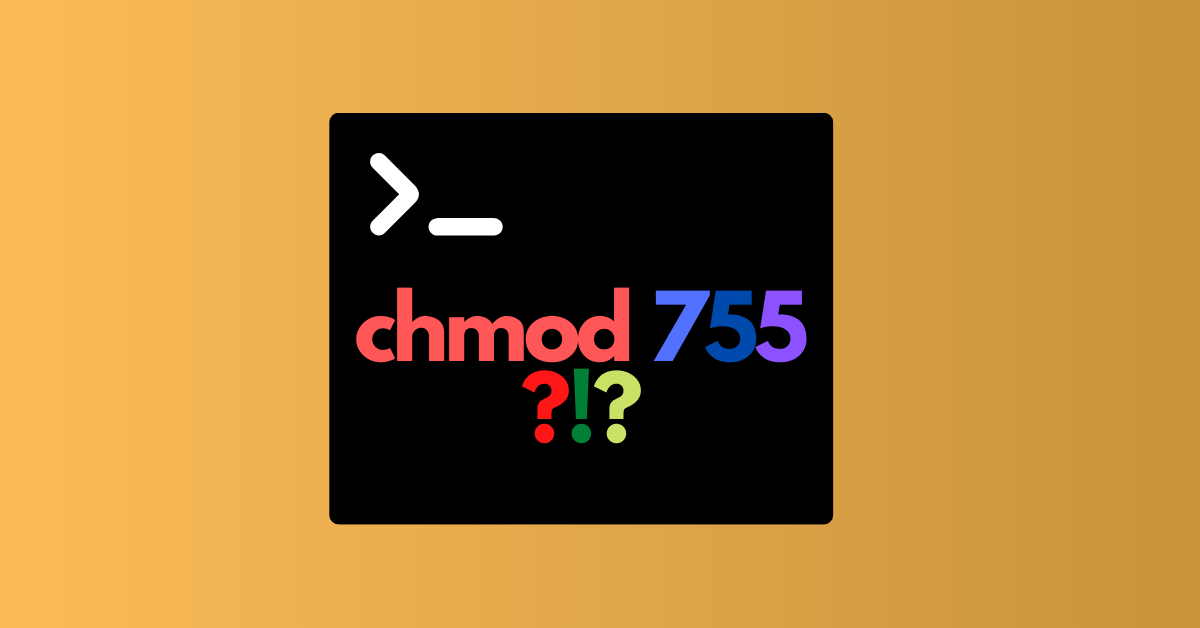



Chmod 755 Command What Does It Do By Claudio Sabato Medium



Chmod Command In Unix Learn Unix Online Fresh2refresh Com
Here we are going to explain to you chmod 775, 755 & File permissions File Permissions in Linux using Chmod As you know the file system of linux has a file access and control mechanism which determines how and who can access a file stored in a linux system This mechanism is based on two parts ie namely Classes and PermissionsIn Linux, chmod is a builtin command that manages the access permission of file objects The number defined after chmod represents the permissions The chmod 775 is an essential command that assigns read, write, and execute permission to a specific user, group, or others What is the Meaning of chmod 755, and how to execute and verify it is explained in this articleExample usage sudo chmod 777 testfiletxt # Permission rwx Binary 7 read, write and execute rwx 111 6 read and write rw 110 5 read and execute rx 101 4 read only r 100 3 write and execute wx 011 2 write only w 010 1 execute only x 001 0 none 000 file user, the group, and others




Explained How To Use Chmod Command Complete Guide Youtube




Linux Terminal File Permissions Chmod Chown And Chgrp Youtube
In the first command, for the 'others' clearly I haven't given any ownership to the files and in the second command I am giving read and execute permission to others (chmod 755) So what will exactly happen now? chmod Examples Permissions Using Numeric mode Setting Read/Write/execute to owner Read/execute to group and everyone else to example1txt chmod 755 example1txt #rxwrxrx Copy Setting Read/Write to owner Read/execute to group and read only to everyone else to example2txt chmod 664 example2txt #rwrwr– Copy Examples To Change group ownership In our case I am using group1 as a group in the system To change ownership we will use chown group1 file1txt You can see that the group permissions changed to group1 from root, if you use v option it will report that We just need to add a "" to change group




Changing Permissions On A File In Linux Mvps Net Blog
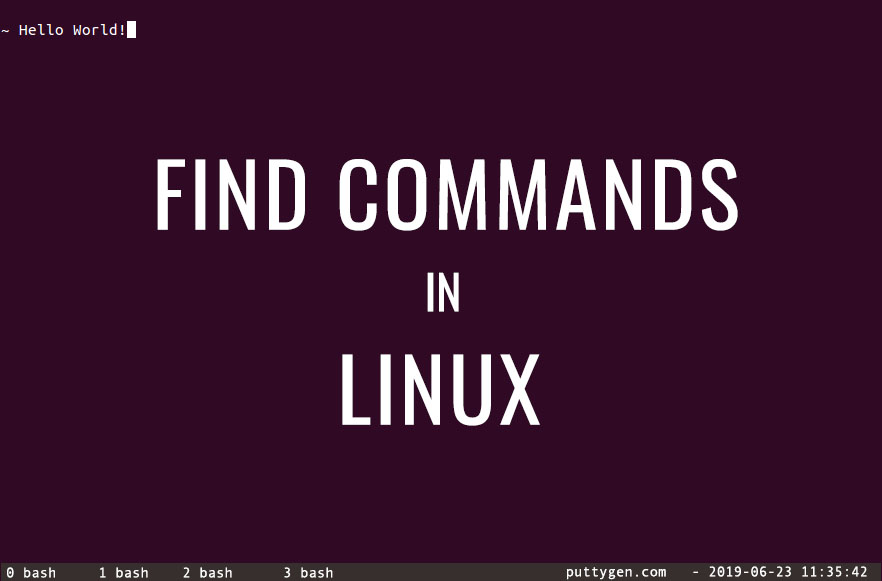



30 Find Command In Linux With Examples
If you experience permission issues with your web server, instead of recursively setting the permission to 777, change the file's ownership to the user running the application and set the file's permissions to 644 and directory's permissions to 755 File ownership can be changed using the chown command and permissions with the chmod command Note In the example above, the permission is defined using the octal/numerical mode (755) Alternatively, you can utilize the symbolic mode (using alphanumerical characters) and use the command chmod R u=rwx,go=rx Example Change Permission With the find Command To assign separate permissions to directories and files, you can use the findThe "chmod" command in Linux enables you to control the access of scripts, directories, and your system files This command is utilized to change the Linux file permissions, which seems a complicated method but is simple once you understand its functionality Before discussing the chmod command, let's go through the fundamentals of Linux file permission




Linux Chmod Command Help And Examples




Chmod 777 Or 755 Learn To Use Chmod Command With Examples
View (u)ser, (g)roup and (o)thers permissions for chmod 755 (chmod arwx,gw,ow) or use free online chmod calculator to modify permissions easilyThis video covers the chmod command in depth and everything you want to know about change modeBoth Octal and symbolic modesThe chmod command when given a number basically treats it as a 4 digit octal number, octal ( base 8) as in the digits 0 to 7 , where the position from left to right are special ;




Chmod Command In Linux With Examples Linux Command Line Tutorial




Chmod All Files To 644 All Folders To 755 Of A Directory Nixpal
# chmod 755 testtxt # ls l testtxtrwxrxrx 1 root root Jun 17 11 test2txt Changing permissions on a directory chmod OCTALMODE DIR – This example shows how us changing the permissions on a directory named php # chmod 755 php mode of `php' changed to 0777 (rwxrwxrwx) # ls l drwxrwxrwx 3 root root 40K php/Others can read only" chmod R 755 myfiles Recursively (R) Change the permissions of the directory myfiles, and all folders and files it contains, to mode 755User can read, write, and execute; chmod 755 MyDir rxwrxrx Unix/Linux chmod command examples Summary I hope these Unix/Linux chmod command examples have been helpful There's much more to say about the chmod command, but I hope all of these examples are enough to help explain most things you'll see on a daily basis




File Chmod Gnu Png Wikipedia




Understanding File Permissions What Does Chmod 777 Mean Make Tech Easier
chmod is a program responsible for modifying access permissions of file and directories in Unix/Linux While the concept is easy to understand, the syntax might overwhelm new users a little bit Most of the time, you will encounter chmod 777, chmod 755 and chmod 644 In this article, we will explain the meaning of these numbers and how they are related to the actual In this article, we explain file permissions in Linux and one of the basic Linux commands for beginners, ie the chmod command used for this purpose, with its most frequently used command options What is Linux?Chmod 755 command in linux example This document explains how the directory and file permissions in a UNIX or Linux machine are defined and can be changed by the user This allows you to share files or directory or lock them to be deprived If you want to set the file or directory permissions by clicking with the right mouse button on the file




Ownership And Permissions



Chmod 777 Or 755 Learn To Use Chmod Command With Examples
To change permission using the Linux chmod command we have to follow some syntax and rulesGroup members and other users can read and execute, For example, to change the permissions of all files and subdirectories under the /var/www directory to 755 you would use chmod R 755 /var/www Operating on Symbolic Links # Symbolic links always have 777 permissions By default, when changing symlink's permissions, chmod will change the permissions on the file the link is pointing to chmod




Introduction To Linux File Permissions Attributes Chmod Globo Tech




Understanding Linux Permissions And Chmod Usage
The group permission is 5 and others permission is 4 Therefore, the commands that use numbers to represent permissions arechmod 754 file For example, there's one in my directoryfile2File, current permissions arerwrr(644), now change torwxrxrx(755), execute the command $ chmod 755 file2You can Description of other parameters The chmod command in Linux/Unix is abbreviated as CHange MODe Chmod command is useful to change permission for Files and folders in Linux/Unix File/Directory permission is either Read or Write or executable for either user or group or others This type of restriction is useful for effective file/folder management, securing system and providing a level




Linux Permissions Making Sense Of 755 And Rwxr Xr X Serverwise



Best Linux Chmod Command With Examples



3



1




Chmod Recursively Change Files And Folders Permissions Recursively In Linux Linuxtect




Chmod 777 Or 755 Learn To Use Chmod Command With Examples
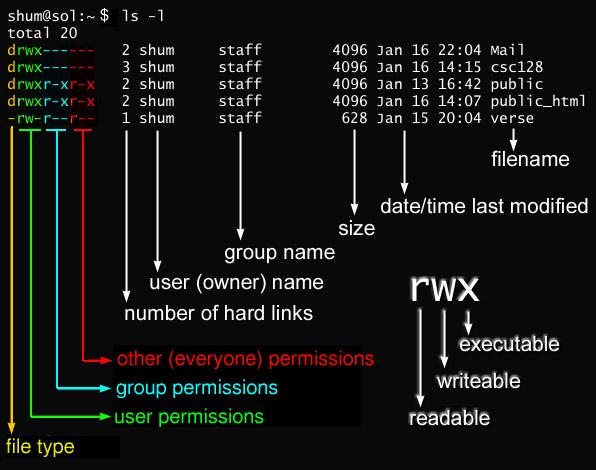



Javarevisited 10 Examples Of Chmod Command In Unix Linux




What Is The Meaning Of Chmod 755 And How To Execute And Verify It
.png)



File Permissions In Linux Unix How To Read Write Change




Chmod 755 775 Recursive Ssh Permissions Chmod 775 Vs 777
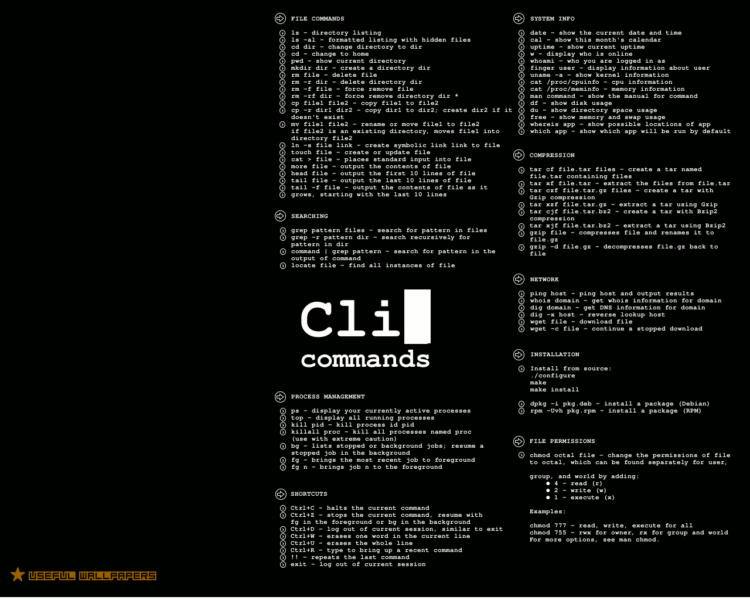



Frequently Use Linux Command Line
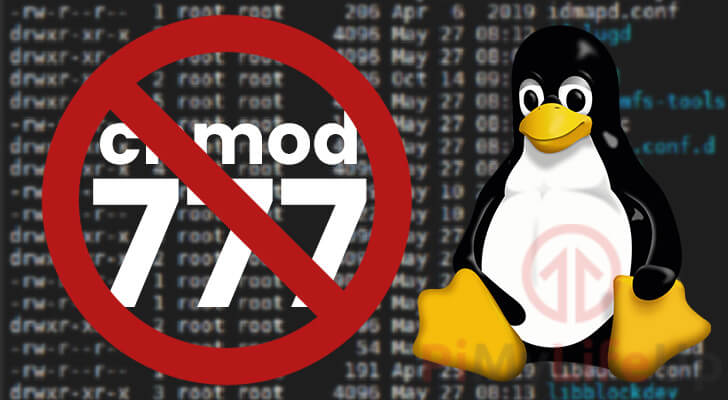



Why Not To Use Chmod 777 Pi My Life Up




Chmod Command In Linux File Permissions Tecnstuff
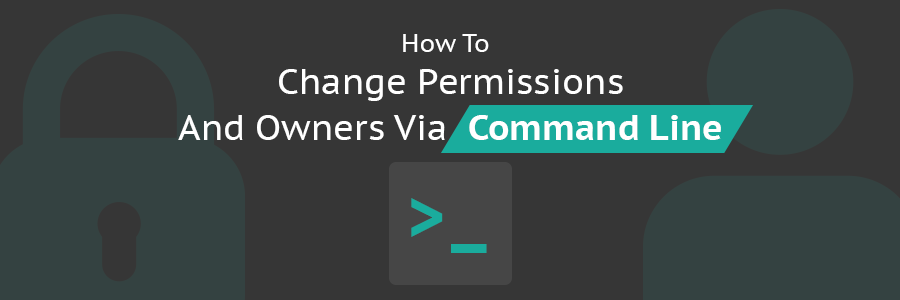



How To Change Permissions And Owners Via Linux Command Line
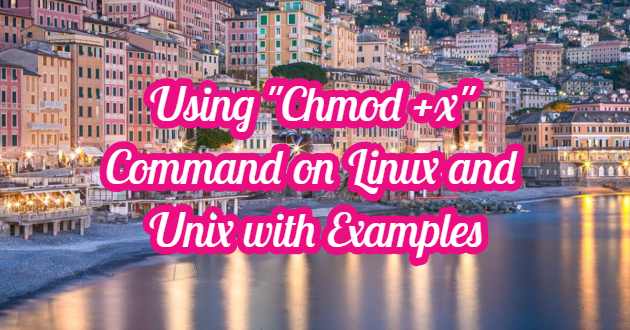



Using Chmod X Command On Linux And Unix With Examples Systemconf




Learning The Shell Lesson 9 Permissions




How To Run A Script In Linux Nixcraft




How To Use Chmod And Chown Command In Linux




Using Chmod Command In Linux Changing File Permissions Servo Node




40 Best Examples Of Find Command In Linux




Some Linux Commands Cheat Sheet Linux




Linux Permissions Guide Plex Support




How To Use The Chmod Command In Linux The Wise Bulb




Chmod 755 Command What Does It Do Codefather




Understanding File Permissions




What Is Chmod 777 How To Change File Permissions For Linux




Chmod Command In Linux With Examples Geeksforgeeks




Linux Chmod Chown Syntax And Chmod Chown Examples



Using Chmod X Command On Linux And Unix With Examples Systemconf




How To Recursively Change The File S Permissions In Linux Linuxize
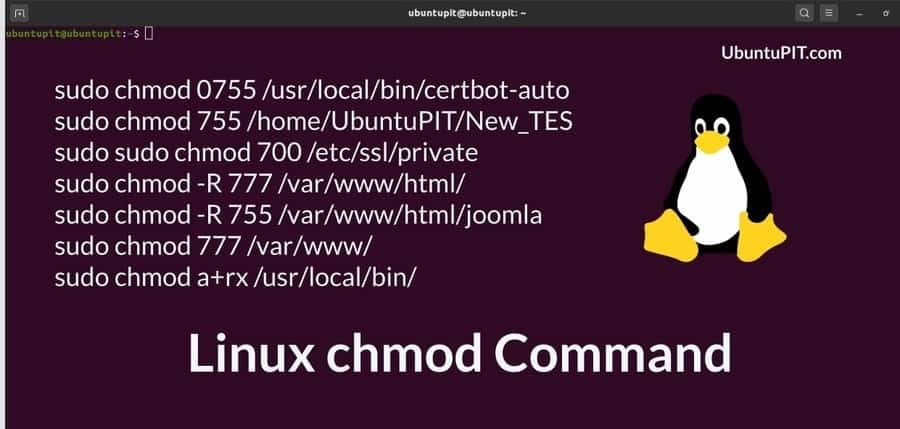



Everything You Need To Know About Linux Chmod Command




Linux Command 9 Chown Chgrp Chmod Umask Linux From Beginning



Why Does Doing Chmod 777 Not Make A File Executable But Chmod 755 Does Isn T 777 Greater Than 755 Quora
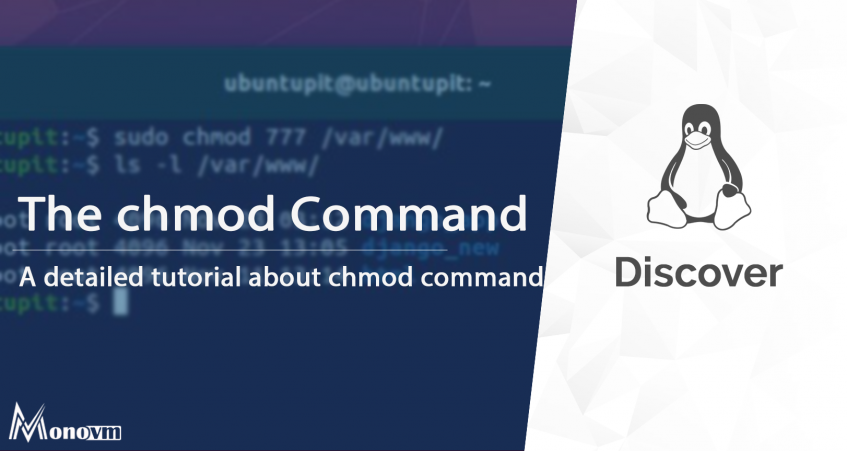



The Chmod Command




Linux Permissions An Introduction To Chmod Enable Sysadmin




Chmod Recursive Change Permissions Recursively On Files Folders




Cannot Find Chmod Metasploit Installation Stack Overflow
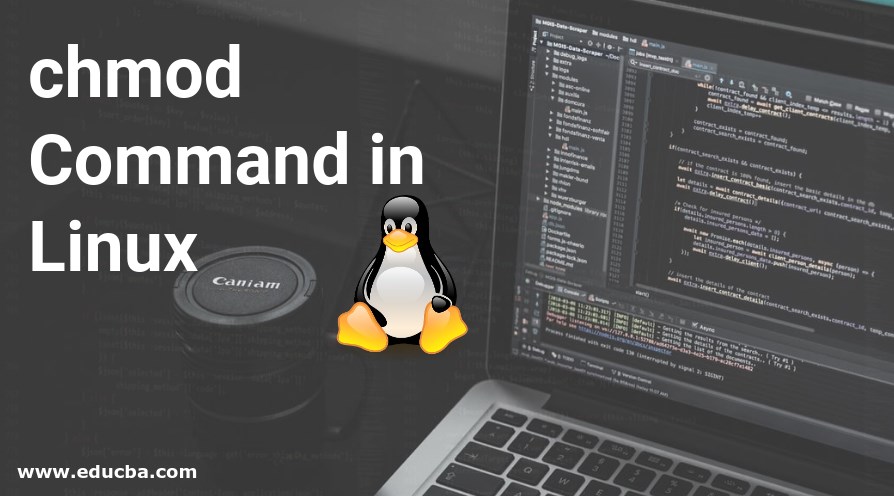



Chmod Command In Linux Operators Used In Chmod Command In Linux
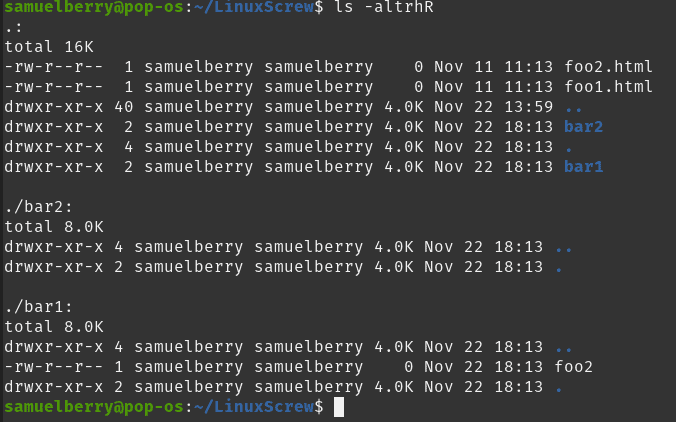



Linux Chmod Recursive How To Change File Permissions Recursively




What Does 755 Permissions Mean In Unix




Everything You Need To Know About Linux Chmod Command




Modify File Permissions With Chmod Linode




7 Examples Of Command Chmod On Linux And Explanation
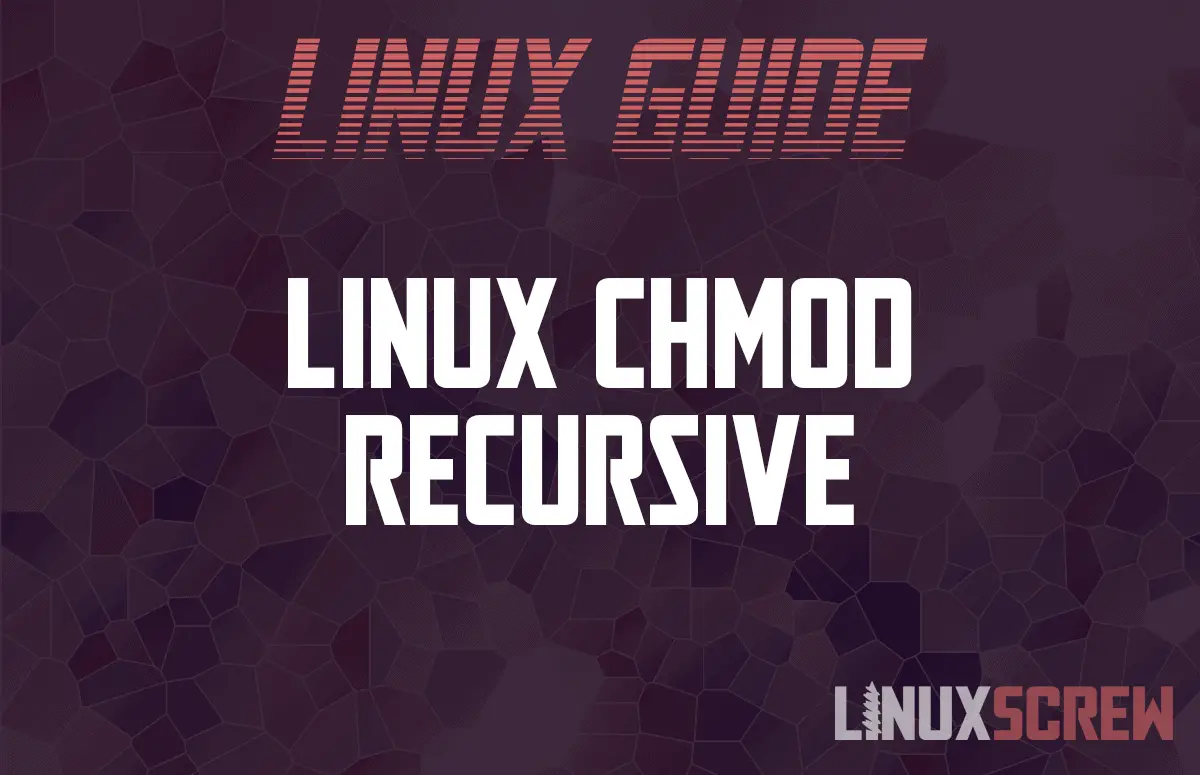



Linux Chmod Recursive How To Change File Permissions Recursively
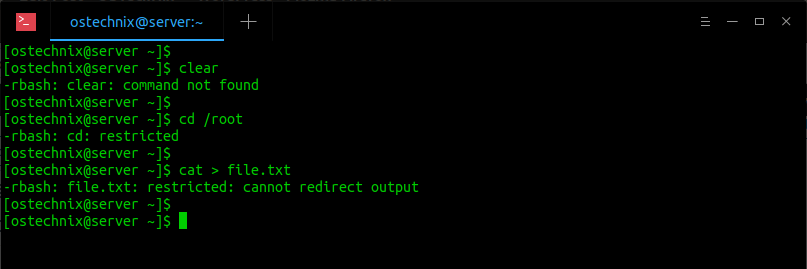



How To Limit User S Access To The Linux System Ostechnix



Change Permissions For Files And Folders In Linux Utilize Windows




Chmod Recursive Change Permissions Recursively On Files Folders




Understanding File Permissions What Does Chmod 777 Mean Make Tech Easier
/GettyImages-1021092796-ea8c63ee76f84bd5bf98c4222337fbb4.jpg)



How To Use The Chmod Command In Linux




Changing File Permissions Wordpress Org




Chmod Command In Linux With Examples Geeksforgeeks




What Is The Meaning Of Chmod 755 And How To Execute And Verify It
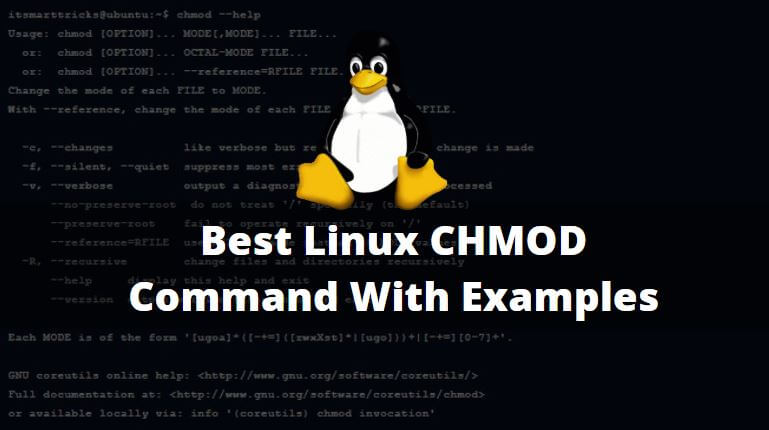



Best Linux Chmod Command With Examples It Smart Tricks




What Is The Meaning Of Chmod 755 And How To Execute And Verify It




Command Line Understanding Chmod Symbolic Notation And Use Of Octal Ask Ubuntu




9 Quick Chmod Command Examples In Linux




In Java How To Set File Permission On A File Using Posixfilepermission Understanding Chmod Command Crunchify




Understanding Linux Permissions And Chmod Usage
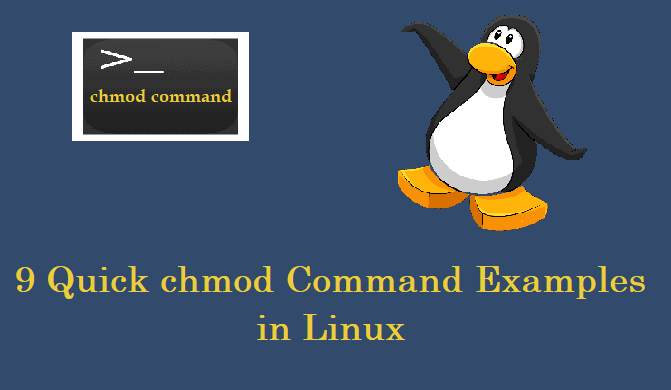



9 Quick Chmod Command Examples In Linux



Common Bash Commands




A Unix And Linux Permissions Primer Daniel Miessler




Linux Chmod Command Linuxfordevices
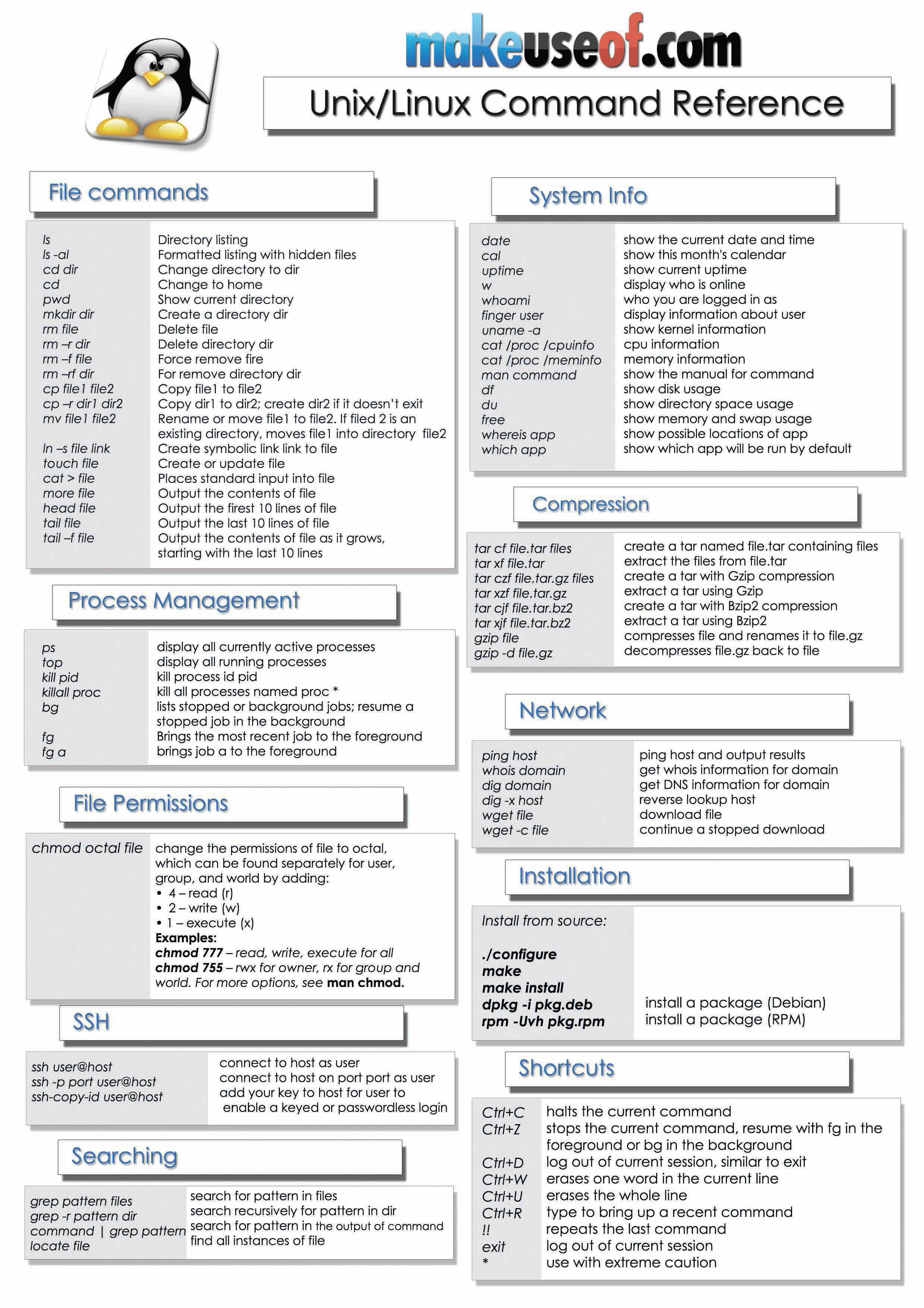



6 Best Linux Unix Command Cheat Sheet



Linux



Using Chmod X Command On Linux And Unix With Examples Systemconf




How To Change Linux S Permissions Through A Practical Example Of The Chmod Command




Chmod Command In Linux With Examples Linux Command Line Tutorial
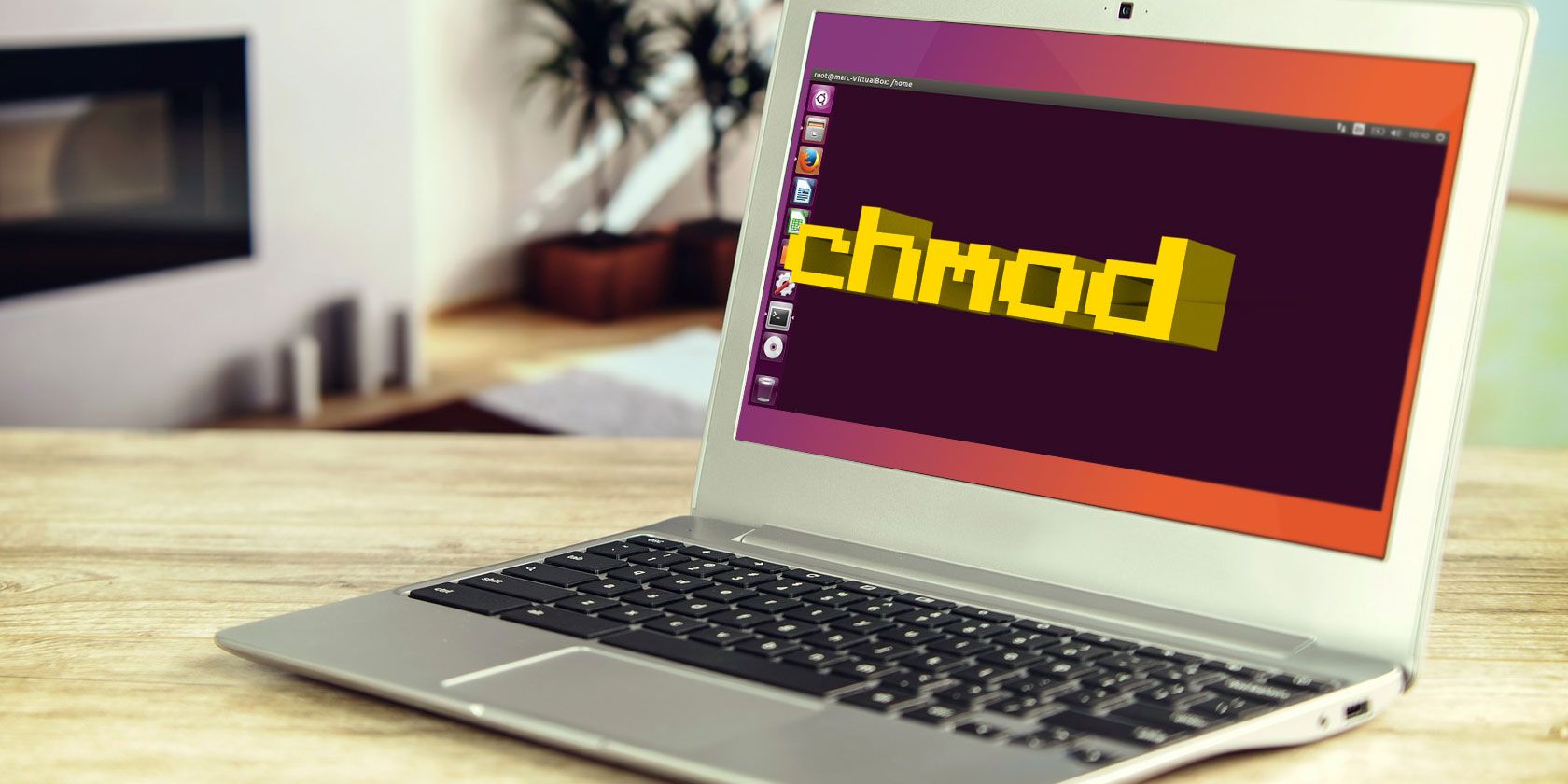



The Chmod Command And Linux File Permissions Explained




Linux Commands Chmod
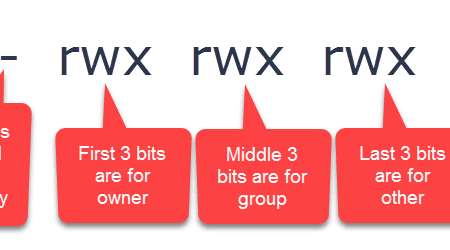



Understanding Linux File Permissions 755 And Rwxr Xr X Datamounts




Chmod 777 In Terminal The Command To Make All Changes Affect Every File And Folder Ask Ubuntu




Linux Permissions Guide Plex Support




Chmod Command In Linux File Permissions Linuxize



1




Linux Chmod Chown Syntax And Chmod Chown Examples




Chmod Rwx Command On Linux Systems Permissions
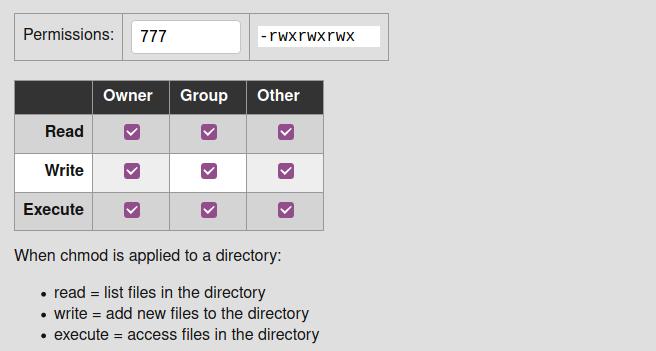



Everything You Need To Know About Linux Chmod Command




How To Change File Permissions Recursively With Chmod In Linux
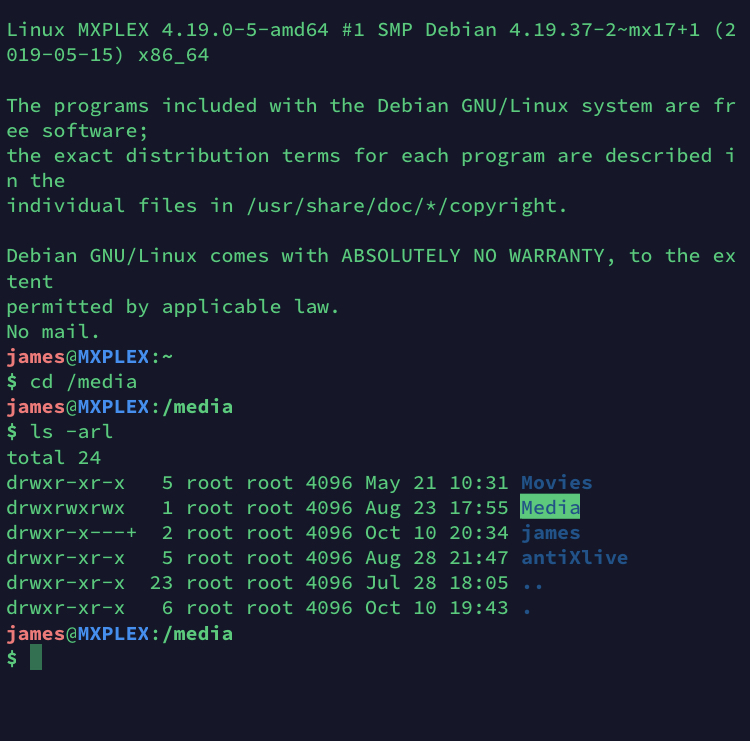



Chmod Not Working Software Web Applications Lawrence Systems Forums




Command Line What Is The Difference Between Chmod X And Chmod 755 Ask Ubuntu




How To Create Write A Simple Sample Linux Shell Bash Script 5 Steps Instructables




Agenda The Linux File System Chapter 4 In




Chmod Recursive Change Permissions Recursively On Files Folders
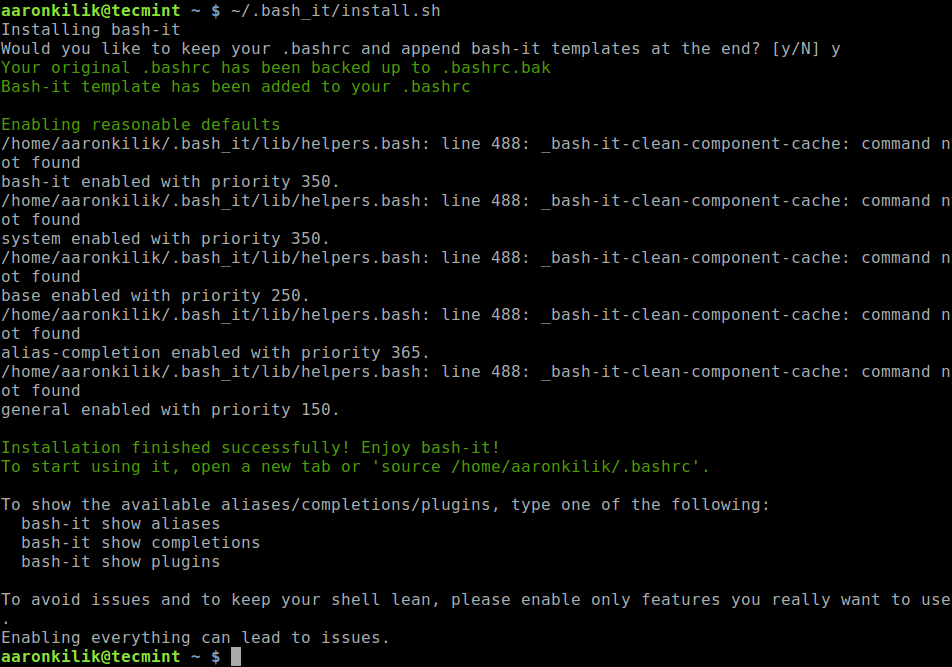



Bash Shell Linux Blimp



0 件のコメント:
コメントを投稿